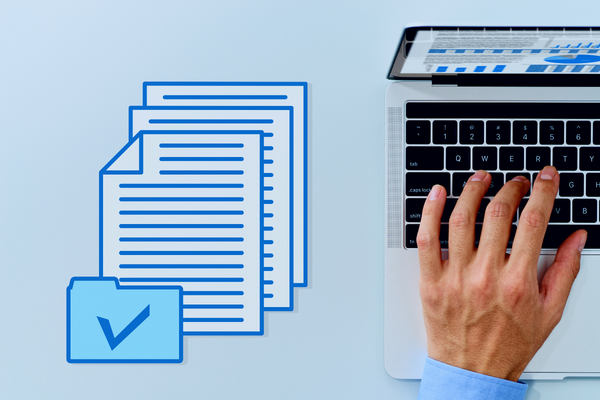Improve Your File Management Efficiency
As a business, file management can be a tedious and sometimes overwhelming task. Between your computer, the cloud, and mobile devices, remembering where all of… Read More »Improve Your File Management Efficiency


